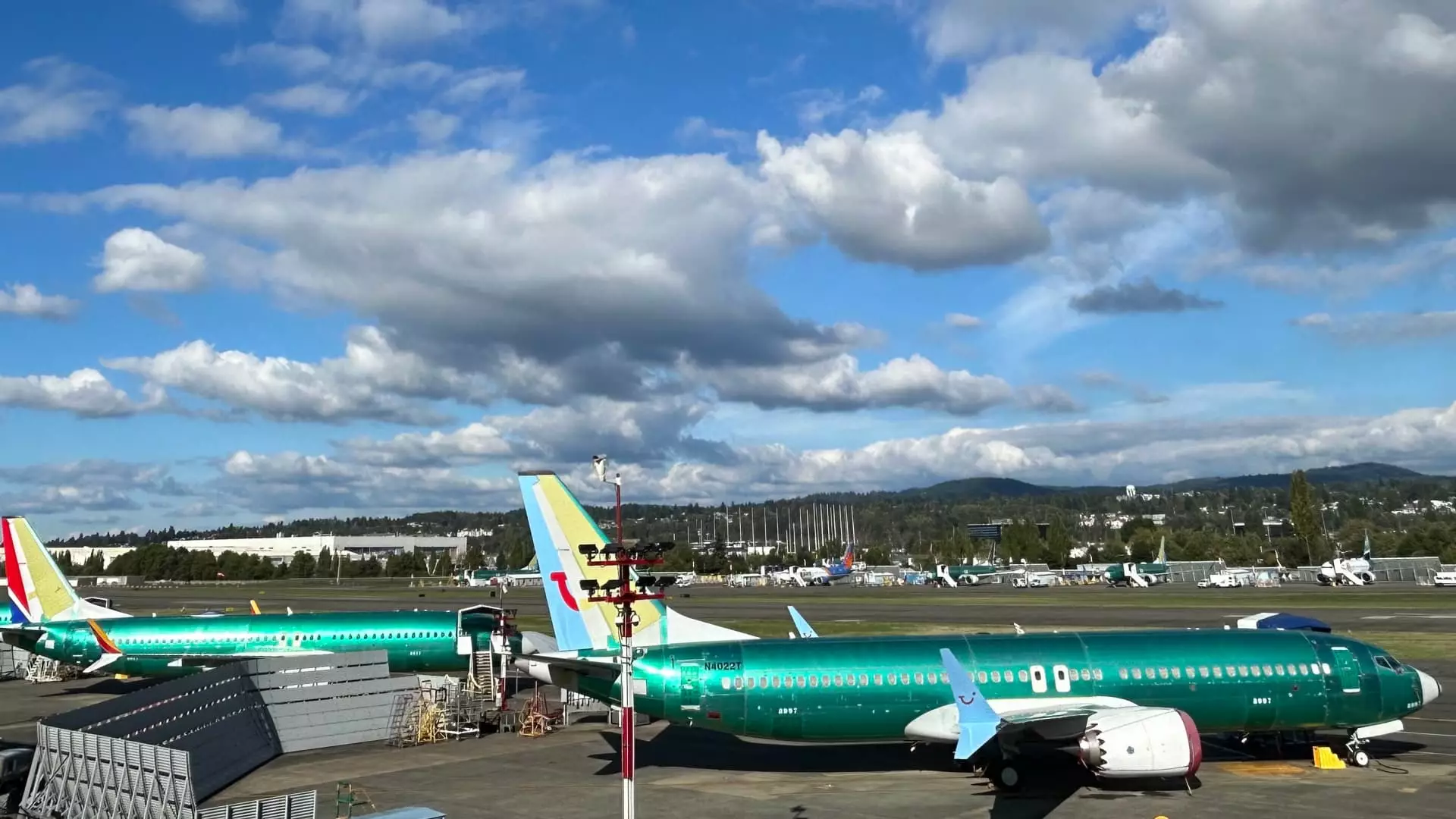The ongoing saga surrounding the procurement of the new Air Force One aircraft has been a source of frustration and concern for President Donald Trump and his administration. Initially projected to deliver a pair of Boeing 747s to serve as the next generation of Air Force One, this project has suffered from extensive delays, cost overruns, and logistical challenges that threaten the timelines set during negotiations.
President Trump secured a $4 billion deal for the new aircraft during his first term. However, as his current term progresses, questions arise regarding whether these planes will ever take flight. Notably, costs have exceeded initial estimates by more than $2 billion, which amplifies concerns about efficiency and accountability within Boeing. The contract, meant to signify a new era of presidential transport, has instead become emblematic of the company’s struggles in fulfilling its obligations.
Compounding this predicament, Trump’s dissatisfaction with the delay has been palpable. At a recent conference, Boeing CEO Kelly Ortberg made it clear, stating, “The president’s clearly not happy with the delivery timing.” Such public acknowledgment highlights the intense scrutiny faced by Boeing regarding its performance and the broader implications for government contracts.
In a surprising twist, billionaire entrepreneur Elon Musk has emerged as part of Boeing’s strategy to expedite the delivery of the aircraft. His involvement is aimed at easing obstacles in the production process by removing unnecessary constraints that impede progress. Ortberg referred to Musk as a “brilliant guy” whose insights could prove invaluable, yet the collaboration raises questions regarding competition and conflict of interest, as Musk’s SpaceX often operates in markets directly related to Boeing’s defense initiatives.
Despite these efforts, the viability of alternative options remains. Reports indicate that Trump is contemplating securing different aircraft as a contingency plan, revealing a level of impatience that could have lasting implications for Boeing’s reputation. His touring of a parked 747 in Florida serves as a pointed reminder of the urgency still tied to the project.
Broader Context: Industry Impacts and Recovery
Trump’s frustration with Boeing is not isolated; it mirrors the sentiments shared by a range of customers within the airline industry. The post-pandemic travel boom has heightened expectations for timely deliveries of aircraft, leaving many stakeholders in a precarious position as delays have compounded operational challenges. Moreover, a near-catastrophic incident involving a door-plug blowout in January 2024 further stalled production efforts, necessitating a shift in leadership at Boeing.
Yet amidst these difficulties, some airlines are starting to express cautious optimism. Statements from industry leaders suggest that Boeing may finally be making strides towards rectifying its reliability issues. United Airlines CFO Mike Leskinen articulated this sentiment at the Barclays conference, praising Boeing’s recent turnaround efforts as “miraculous.” This is a testament to the intricate balance Boeing must navigate between meeting governmental needs and satisfying the commercial aviation sector.
Boeing stands at a critical juncture as it strives to balance the delivery of the much-anticipated Air Force One while simultaneously addressing its reputation within the commercial aircraft industry. The intertwined interests of various stakeholders, including government officials, aviation executives, and the public at large, will determine the trajectory of this iconic project. As the deadline looms, the pressure mounts for Boeing to deliver not just extraordinary air travel experience but also a commitment to reliability that has long been expected from the manufacturer.
Overall, the combination of external pressures, internal challenges, and potential shifts in strategy sets the stage for an industry transformation. How Boeing navigates this tumultuous landscape will ultimately shape the legacy of Air Force One and the overall health of the aviation industry at large.

